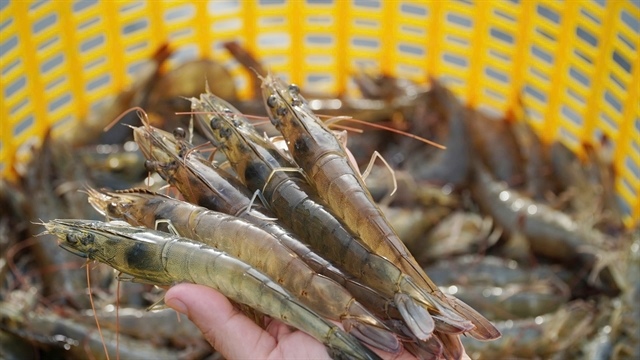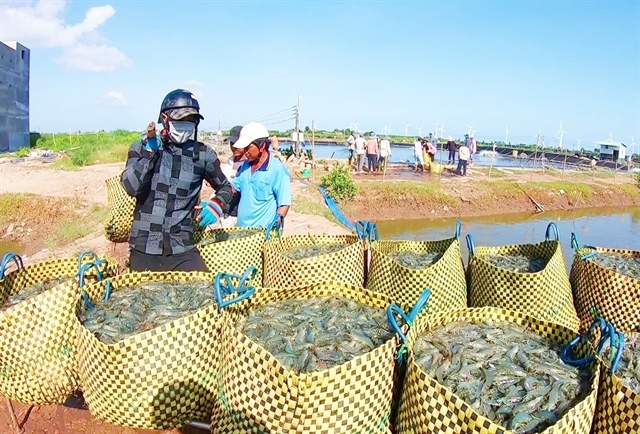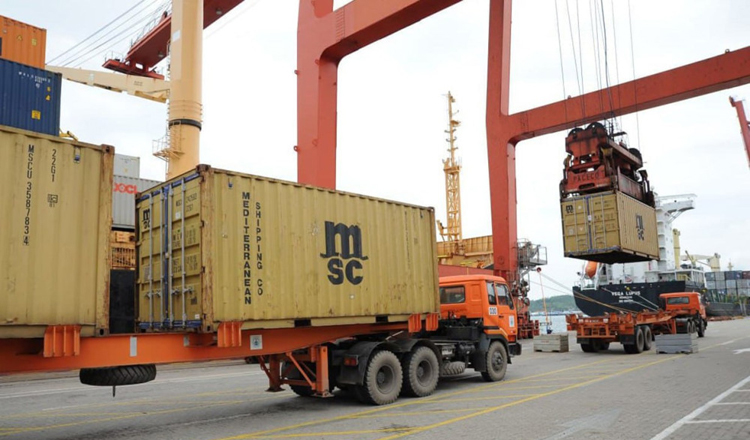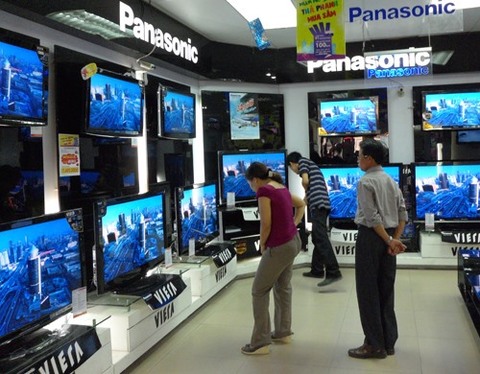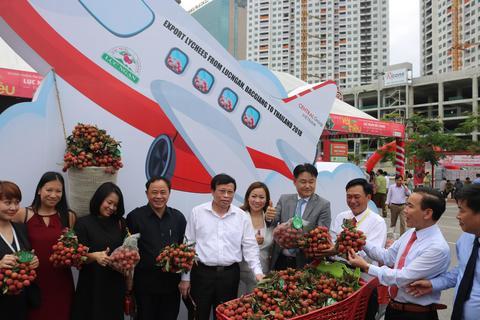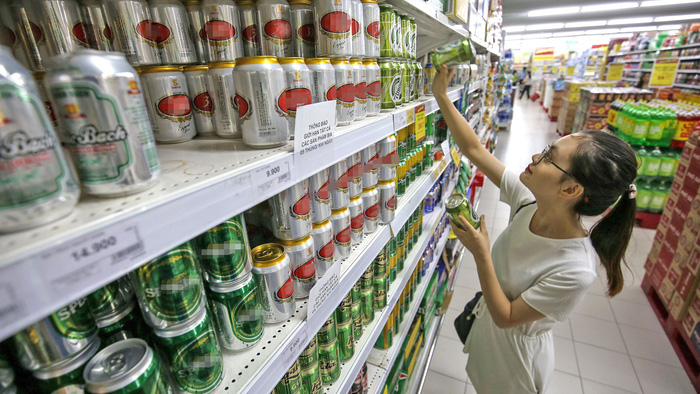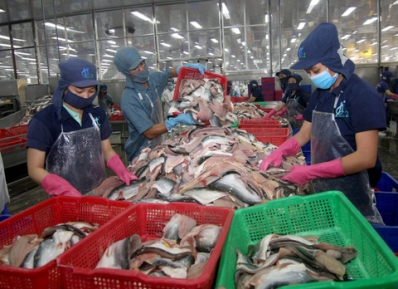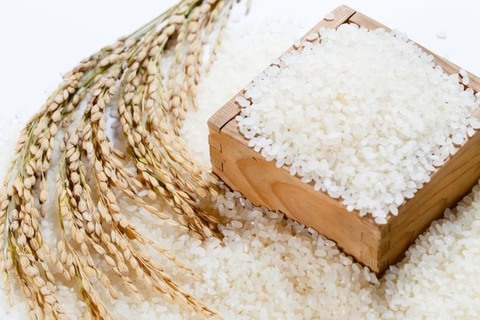VASEP urges boosting shrimp exports to US
VASEP urges boosting shrimp exports to US
The Viet Nam Association of Seafood Producers and Exporters (VASEP) has proposed to the State to find solutions in dealing with trade barriers in the United States (US) market and promoting shrimp exports to this market.
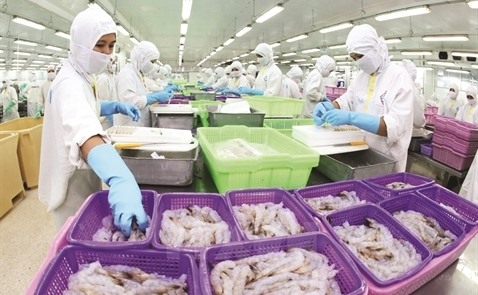
The proposal was under a series of suggestions submitted to the Ministry of Agriculture and Rural Development to ensure sustainable development of Viet Nam’s fishery industry, including shrimp.
The association suggested that the government should continue to pay more attention to diplomatic activities with the US to quickly remove trade barriers, especially anti-dumping tariffs for shrimp.
According to local shrimp exporters, high anti-dumping duties and the Seafood Import Monitoring Programme (SIMP) are major barriers that prevented them from boosting exports to this market over time.
In April 2018, the US National Oceanic Atmospheric Administration confirmed that foreign shrimps and abalone would be added to the SIMP, beginning January 1, 2019.
The SIMP requires importers to report traceability information on imported seafood from the point of capture to the point of first sale in the US, in order to thwart illegal, unreported and unregulated fishing activity.
Accordingly, American shrimp importers have until December 31, 2018, to comply with the regulations under the SIMP programme.
Meanwhile, in March, the US Department of Commerce announced preliminary results of anti-dumping duties on Vietnamese shrimp, measured up to 25.39 per cent during the 12th Administrative Review (POR12) period from February 1, 2016, until December 31, 2017. This was considered too high compared with previous disclosures.
Local enterprises said the high anti-dumping duty and SIMP would make it difficult for Viet Nam to increase shrimp exports to the United States in the time to come.
According to Truong Dinh Hoe, VASEP general secretary, the US market has great seafood demand, especially shrimp. It has imported an average of some 600,000 tonnes of shrimp per year, but Viet Nam’s shrimp exports have accounted for 10 per cent of the demand every year (some 60,000 tonnes) due to the anti-dumping duty. India has accounted for 32 per cent of the market share in this market, followed by Thailand and Indonesia.
Meanwhile, Viet Nam can export 150,000 tonnes of shrimp per year. Therefore, the local businesses need to improve their quality and competitiveness to expand their market share in the US market, said Hoe.
VASEP reported in the first four months of this year that Viet Nam gained a growth of 13.8 per cent in shrimp exports to US$1 billion against the same period last year, but the value of exports in April reduced slightly, 0.4 per cent year-on-year, to $275 million. The reduction was due to a drop in the export price, high supply and a plunge in the volume of shrimp exports to the US and China.
Last year, Viet Nam achieved a growth in shrimp exports in most export markets, excluding the US. The shrimp exports to the US fell eight per cent year-on-year mainly due to high anti-dumping tariffs.



